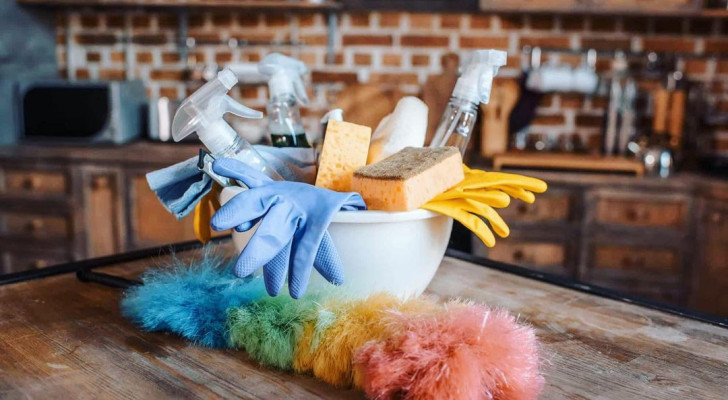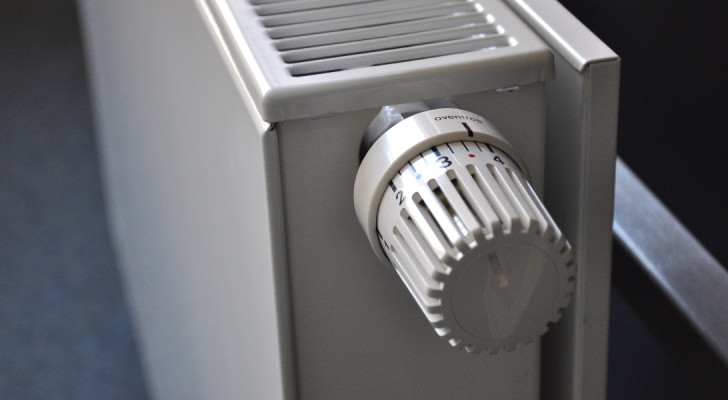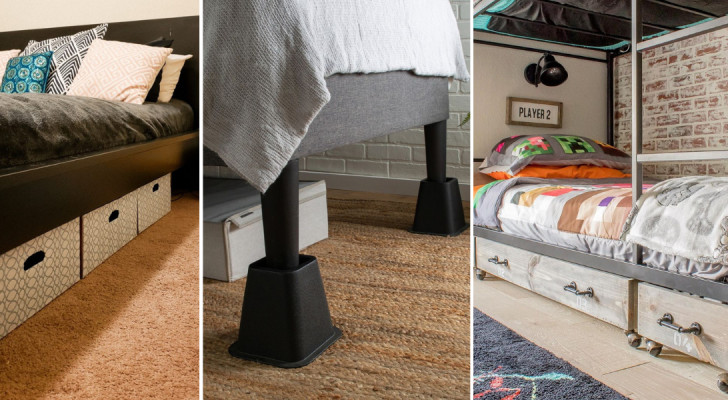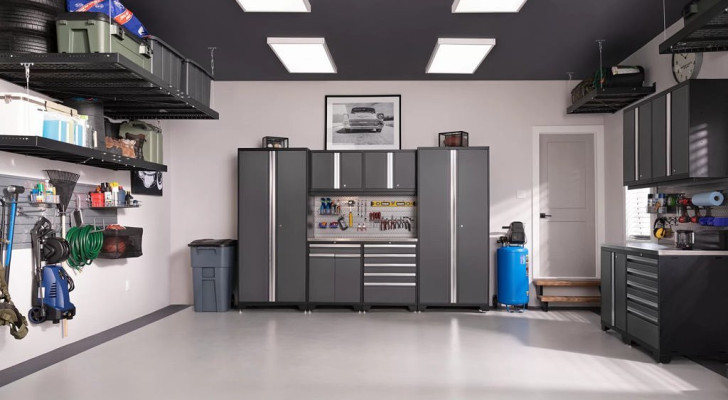How to remove scratches from stainless steel surfaces? Here are some easy DIY tips.
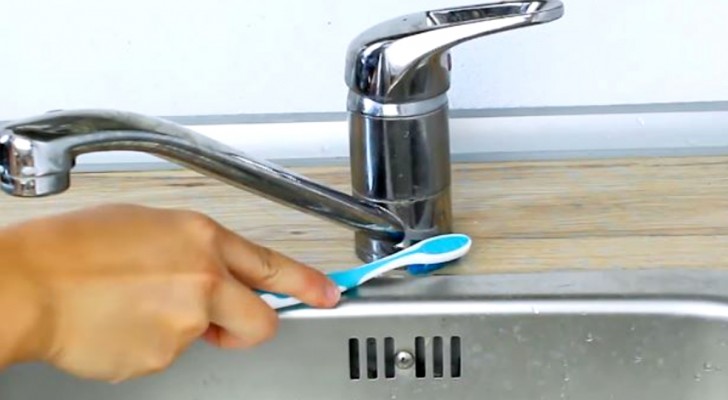
Household items such as electrical appliances, stovetops, sinks, and various surfaces, particularly in the kitchen, may be crafted from stainless steel. It's a tough, shiny, and modern material, but it does come with its own set of challenges. Why? Well, steel countertops are undeniably appealing, but are susceptible to scratches.
In this article, we'll first explore strategies to avoid these scratches and then discuss how to remove them using common household products. Lastly, we'll cover techniques for polishing stainless steel surfaces, rejuvenating them.
How to prevent scratches on steel surfaces?

Creativo
Whether it's the sink, fridge, or stove, our primary concern is preventing premature aging of our metal surfaces. To achieve this, aside from regular cleaning, we must be cautious not to inflict permanent scratches on the material. There are several preventive measures to take, and it's essential to be aware of them and put them into practice.
- Avoid using abrasive sponges. While they might tackle stubborn residues, they pose the risk of leaving lasting scratches and marks that could be challenging to remove. Opting for gentler options like microfiber cloths is a better choice.
- Steer clear of aggressive cleaning products. Bleach, ammonia, and similar substances aren't ideal for these surfaces as they can dull the material and cause damage. Choosing specific or milder products is a safer option.
- Clean in the direction of the grain. Whether dealing with a sink or refrigerator, steel has a grain direction. It doesn't matter if it's horizontal or vertical; during cleaning, always follow the grain direction.
- Regularly remove dirt and prevent buildup. Steel surfaces can accumulate grease, limescale, and other substances. Immediate cleaning prevents significant dirt buildup, eliminating the need for more aggressive cleaning methods.
DIY methods to remove scratches

Creativo
Even with careful attention to stainless steel surfaces, scratches can still appear. No worries - there are several DIY methods and cost-effective products to easily address this issue.
- Dish soap: Once you notice permanent marks on steel surfaces, the initial step is to thoroughly clean the area, removing all traces of dirt and especially grease to make the scratches clearly visible. Dish soap is effective due to its degreasing properties. After applying a damp cloth and the detergent to the surface, dry it, and proceed to the next step.
- Non-gel toothpaste: If you lack specific steel pastes, regular non-gel toothpaste is a great solution for scratches. Opt for the white paste variety. Apply the toothpaste directly to the affected area, work it with a soft-bristled toothbrush or a gentle cloth, and start removing the scratches in their direction. Avoid circular movements, follow the orientation of the mark, and "fill" it with toothpaste. Repeat the process as needed, and if necessary, let the product sit for a few minutes before wiping it off.
- White wine vinegar: To remove the used toothpaste, you can use plain water or white wine vinegar. The latter is particularly effective for cleaning steel surfaces and addressing superficial scratches.
Polishing stainless steel countertops after cleaning

Rawpixel
After completing the cleaning and scratch treatment phase, we can move on to polishing the surfaces using either specific products or a readily available household items: olive oil, seed oil, or vegetable oil. Their excellent polishing properties can bring a brilliant shine to our appliances or countertops. To achieve satisfactory results, just pour a few drops of oil onto a soft cloth and gently rub it on the surface, following the steel's grain. This not only provides further treatment for any signs of wear but also breathes new life into them.
These are simple and quick methods that you can easily implement without breaking the bank on specialized products, yet they yield impressive results. Were you already familiar with these techniques?
